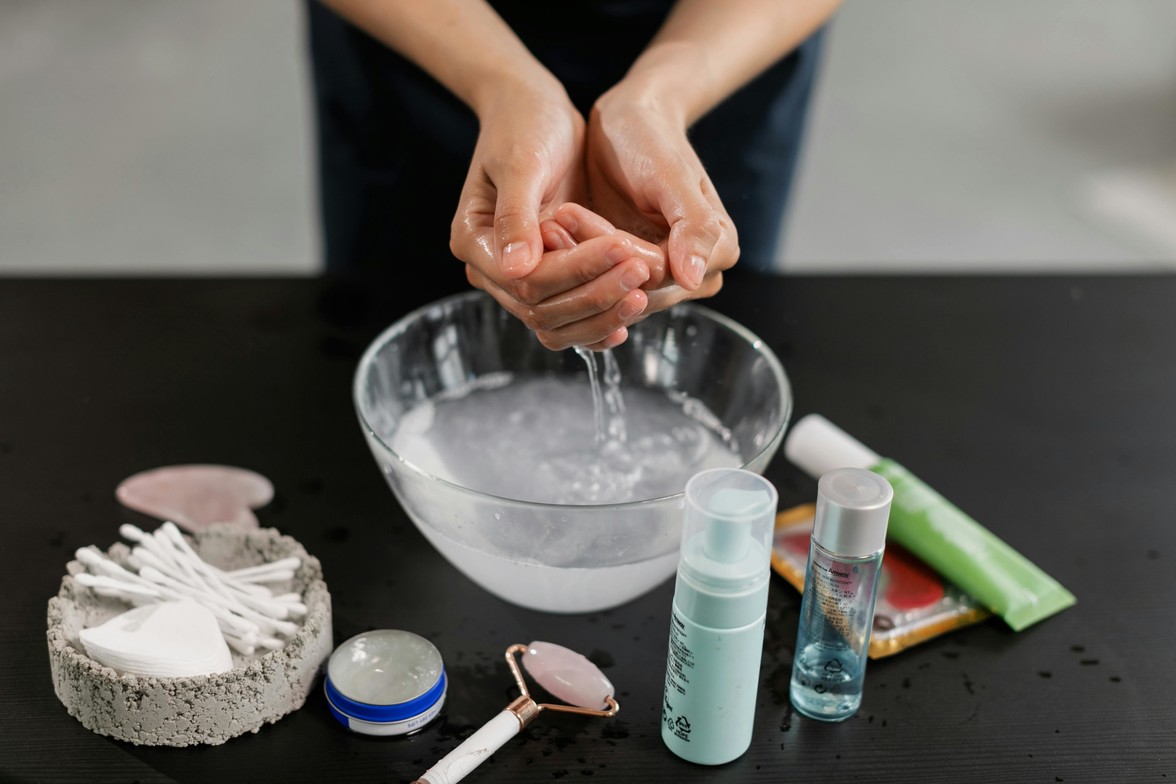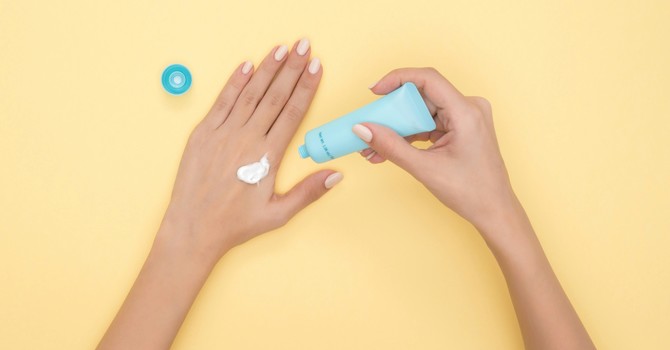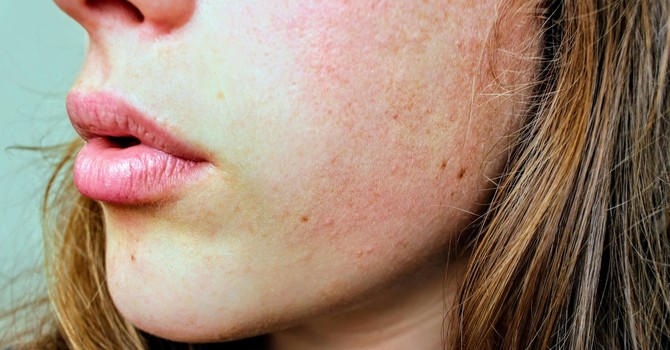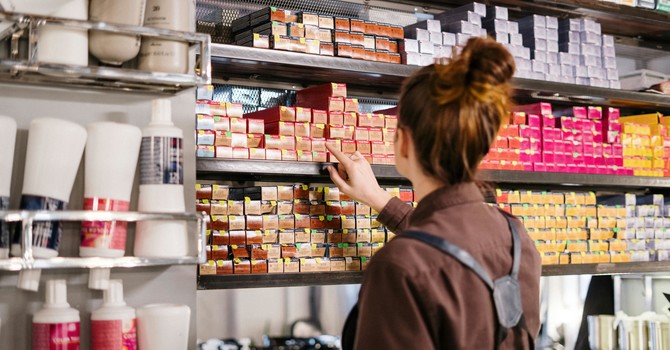
If you’ve ever battled with dry, flaky skin no matter how much moisturizer you apply, the latest viral skincare technique might be your holy grail.
Enter skin flooding—a hydration-maximizing method that’s taking TikTok, Instagram, and beauty blogs by storm in 2025.
This simple yet effective routine focuses on layering hydrating products in a specific order to literally “flood” your skin with moisture, leaving it plump, dewy, and glowing.
Let’s dive into what skin flooding is, how it works, and why skincare lovers (and dermatologists) are calling it a game-changer.
What is Skin Flooding?
Skin flooding is a skincare technique that involves layering lightweight, water-based hydrating products—like toners, essences, and serums—immediately after cleansing to deeply hydrate the skin.
The goal is to deliver hydration into the skin in layers before sealing it all in with an occlusive moisturizer or facial oil.
This method mimics how a sponge absorbs water: start with a damp surface and gradually add layers so the skin retains more hydration over time. It’s especially popular among those with dry, dehydrated, or dull skinHow to Do Skin Flooding (Step-by-Step)
Here's how you can flood your skin the right way:
-
Cleanse Gently
Use a gentle, non-stripping cleanser to remove dirt and oil without drying out your skin. -
Apply Hydrating Toner
While your face is still damp, apply a hydrating toner containing ingredients like glycerin, rose water, or hyaluronic acid. -
Layer a Lightweight Serum
Follow up with a hydrating serum, such as one with hyaluronic acid, panthenol, or peptides. -
Use an Essence (Optional)
An essence adds another thin layer of moisture and active ingredients, enhancing absorption. -
Seal with Moisturizer
Lock in all the hydration with a barrier-repairing moisturizer rich in ceramides or squalane. -
Optional: Finish with Facial Oil
For very dry skin, finish with a few drops of facial oil to prevent water loss overnig
Why is Skin Flooding Trending?
The rise in popularity can be traced to beauty influencers and dermatologists recommending barrier repair and moisture retention as key steps in healthy skincare.
In fact, more people are now focusing on hydration over exfoliation, recognizing that a healthy moisture barrier is essential for glowing skin.
Social media posts about “glass skin,” “slugging,” and “skinimalism” have also contributed to the skin flooding trend.
Unlike slugging, which involves sealing your skin with heavy occlusive products like petroleum jelly, skin flooding is lightweight, breathable, and more suitable for humid climates.
Benefits of Skin Flooding
-
Instant hydration and glow
-
Reduces flakiness and dry patches
-
Helps soothe irritated or compromised skin barriers
-
Enhances product absorption
-
Great for all skin types, especially dry or dehydrated skin
It’s also ideal before applying makeup, giving your skin a smooth and supple base for foundation.
Final Thoughts
Skin flooding isn’t just a social media trend—it’s a science-backed method to treat dryness and improve your skin's health. Whether you’re dealing with cold-weather dryness, post-sun dehydration, or just want a dewy glow, this technique is easy to incorporate into any skincare routine.
The content in this blog is for informational purposes only and is not a substitute for professional medical advice, diagnosis, or treatment. Always consult your doctor or a qualified healthcare provider before trying new healthcare protocols.



